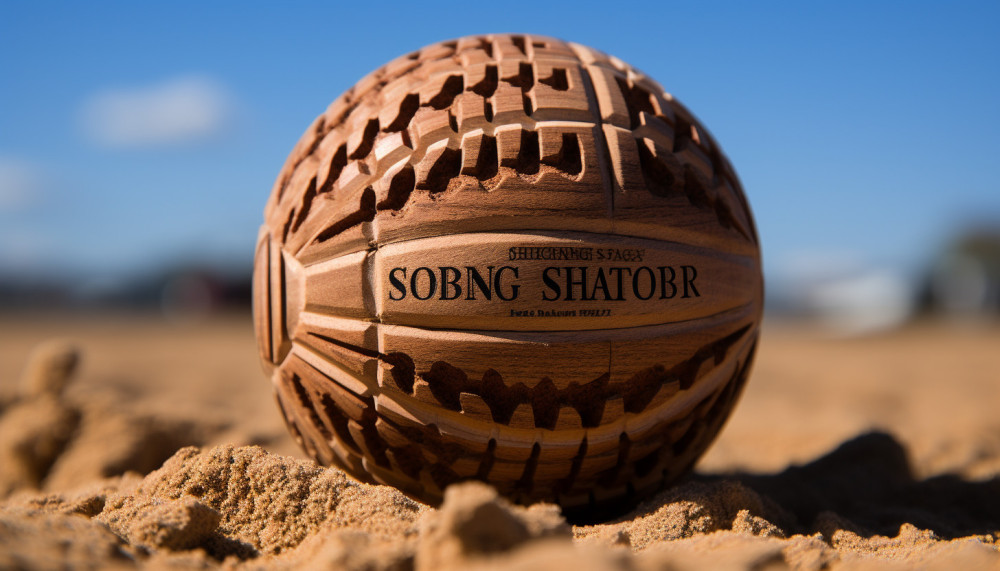Table of contents
In the realm of sports, technology and innovation are constantly driving progress. Yet, as we place our focus on performance enhancement and advanced materials, it's imperative that we also consider the environment. As concern for our planet grows more profound with each passing day, eco-friendly alternatives become increasingly relevant - not just in everyday life but also in the sporting world. The future of sports equipment lies in sustainability; this is no longer a fanciful notion but an essential development path. Interested to discover how your passion for sports could contribute towards preserving Mother Earth? Stay tuned to learn about emerging trends in sustainable sports gear.
Understanding the Impact of Traditional Sports Equipment
Traditional sports equipment has long been a cause of environmental concern. Often made from plastics and produced through harmful manufacturing processes, these items contribute significantly to plastic waste pollution and the overall sustainability challenge. The carbon footprint of such equipment is alarmingly high, meaning that their production, use, and disposal result in considerable emissions of greenhouse gases that contribute to global warming. Notably, the environmental impact of traditional sports equipment is not limited to their manufacture. Their lifecycle continues to exert detrimental environmental effects long after they have served their primary purpose. They fill up landfills at an alarming rate, due to their non-biodegradable nature, and they often end up in oceans and other water bodies, posing a threat to marine life and ecosystems. Thus, the shift towards eco-friendly sports equipment becomes imperative.
The Rise of Eco-Friendly Alternatives
In the face of mounting environmental challenges, sport equipment manufacturers are now venturing into the sphere of eco-friendly alternatives. Instead of relying on traditional, non-renewable methods of production, they are increasingly turning towards green production techniques. By using renewable resources and recycled materials, these companies can produce high-quality sports gear and clothing that are not just environmentally sustainable, but also meet their rigorous quality and functionality standards.
A key concept that has emerged in this context is that of the 'circular economy'. In a circular economy, resources are kept in use for as long as possible, extracting the maximum value from them while in use, and then recovering and regenerating products and materials at the end of each service life. This concept is being incorporated into the manufacturing processes of many sports equipment companies, leading to significant advances in sustainability.
From manufacturing sports shoes using recycled plastic bottles, to creating yoga mats from sustainable rubber, these initiative are indicative of a significant shift in the sports equipment industry. The rise of eco-friendly alternatives is not just a trend, but a necessary evolution in the face of our current environmental crisis.
Innovations Driving Sustainable Change
From the realm of personal sports gear to professional athletic equipment, a myriad of sustainable innovations are altering the landscape of the sports industry. For instance, the use of natural rubber in yoga mats adds an eco-conscious touch to your daily fitness routine, while bamboo racing bikes are combining performance with sustainability. These alternative material use cases are not only reshaping our perception of sports equipment but are also setting new benchmarks for green, efficient products.
Furthermore, the advent of green technology application in sportswear is another way the industry is promoting eco-friendly practices. Whether it is moisture-wicking clothes made from recycled plastics or running shoes featuring soles made from plant-based materials, these innovations demonstrate the limitless possibilities of eco-conscious design breakthroughs.
At the core of these advancements lies the adoption of biodegradable materials, a key technical term in this movement towards sustainability. These materials decompose naturally over time, reducing the amount of waste that ends up in our landfills. With these remarkable developments, it is clear that the future of sports equipment will be as much about performance as it is about caring for the planet. As such, we can take part in our favorite sports or fitness activities without compromising on sustainability.
Potential Challenges and Solutions
The shift towards eco-friendly sports equipment is not devoid of potential challenges, both for athletes and manufacturers. One of the primary hurdles in this green transition is the implication of cost. Often, environmentally friendly materials and manufacturing processes tend to be more expensive than traditional methods, raising concerns about profitability. Furthermore, there might be concerns regarding the durability and performance of eco-friendly equipment, potentially impacting the acceptance rate among consumers.
In spite of these difficulties, there are effective strategies that can help navigate this ecological balance and profitability dilemma. One such strategy is sustainable product lifecycle management. This involves a comprehensive analysis – known as a Lifecycle assessment (LCA) - of a product, right from the extraction of raw materials to its eventual disposal. By seeking ways to minimize environmental impact at each stage, this approach can significantly enhance the product's overall sustainability.
Moreover, consumer acceptance of greener products could be encouraged through effective marketing strategies that highlight the positive environmental impact of these products without compromising on performance. The initial cost could also be offset by the long-term benefits, both in terms of health and conservation of resources. Therefore, despite the challenges, the transition towards eco-friendly sports equipment holds a promising future.
Similar articles

The Hidden Health Benefits of Underwater Hockey

Discovering the Future of Eco-Friendly Sports Equipment
